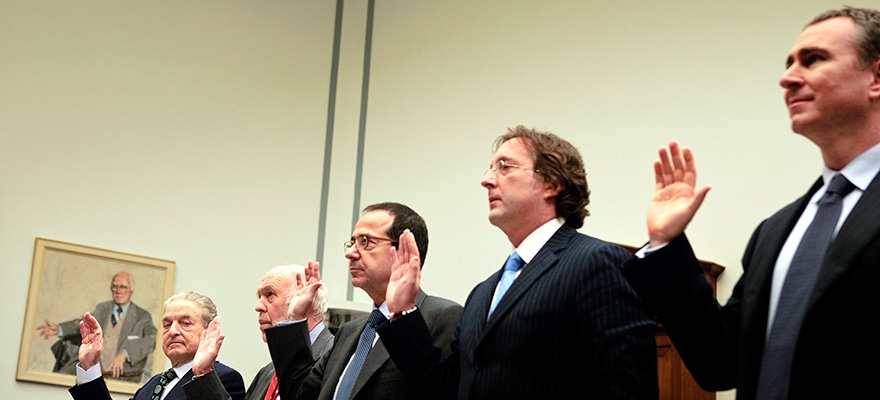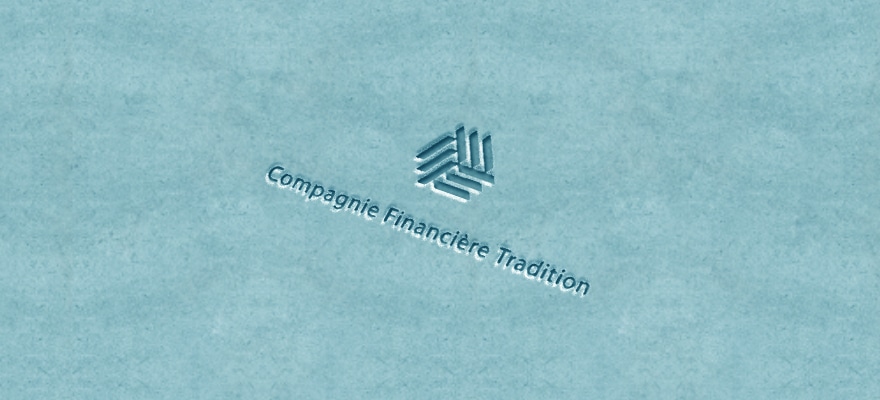Ken Griffin’s hedge fund Citadel has become the latest big financial institution to undertake drastic steps and reduce the number of its employees following a number of big banks. The hedge fund’s long-short strategy Surveyor Capital has suffered significant losses since the start of the year, prompting the move.
Last month the company already started a management reshuffling after sacking Jon Venetos and replacing him with Todd Barker. The move surprised a number of industry insiders after Venetos spent 9 years at the company. Citadel returned 14 per cent to its investors in 2015.
Citadel returned 14 per cent to its investors in 2015
With about $25 billion under management, the job cuts which Citadel is undertaking show that even the most solid performers throughout the years are experiencing difficulties in managing their exposure to the volatile markets. The layoffs include a number of analysts and fund managers and were first reported on by the Wall Street Journal.
While the company owned by Ken Griffin is aiming to curtail expenses, its extravagant billionaire owner has just spent $500 million on two art pieces. Both paintings purchased by Griffin in the fall belong to the abstract impressionists movement according to a Bloomberg report.
Ken Griffin spent $500 million on two art pieces
A study by the Journal of Empirical Finance from the University of Luxembourg states that the never-ending art market bubble will inevitably correct. The record-breaking price rises to which investors have become accustomed since 2011 have prompted analysts to raise calls that the art market is in bubble territory.
Considering the subjective value of artworks, the only universal driver for the price of art is the herd mentality which feeds on itself. The above mentioned study has identified two speculative bubbles and pointed to the “Post-war and Contemporary” and “American” market segments as the areas most vulnerable to a correction.

















